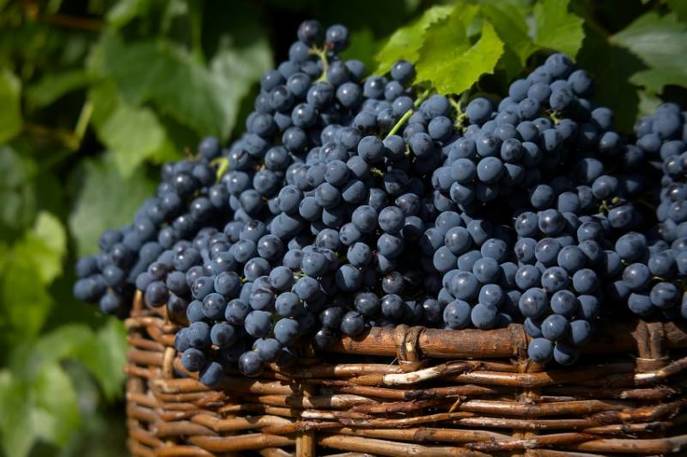


One of my favorites wines was made from the Primitivo grape. It is a big, dark red wine with hints of plum, spice, rustic earthy notes and tannin when it is vinified secco (dry). The name of the Primitivo grape may come from the fact that it ripens earlier than other varieties in Puglia, as early as the last week of August.
The DOC zone of Manduria, around the town of Sava, in the province of Taranto, is where many believe the best Primitivo is produced. It is also grown in the Gioia del Colle DOC in the Province of Bari. The grape has a high sugar content due to its thin skin, which allows for the evaporation of the water content in the berries.
Primitivo has the ability to produce two crops during a season, but the second is not used because of the lower sugar content and higher acidity. The latest studies show that Primitivo probably came to Puglia from Croatia. It has also been proven that Primitivo is related to Zinfandel, a grape that came to the US in the mid 19th century and made its way to California.
Primitivo wine made in the Gioia del Colle zone must have a minimum alcohol content of 13%, and 14% for the riserva. In the Manduria zone the wine must be made from 100% Primitivo to be DOC.
Primitivo can be made into several types of wine, secco (dry), amabile (semi-sweet), and dolce (sweet). There are also liquoroso (fortified) versions both dry and sweet. Primitivo di Manduria Dolce Naturale (made from late harvest grapes) was the first wine from Puglia to receive the DOCG certification. Serve a dry Primitivo with barbecued meats, such as the Pugliese favorite, bombette.
Find it in NYC:
Astor Wines&spirits: 399 Lafayette Street (212) 674-7500
Bottlerocket Wines And spirit: 5 West 19Th Street (212)929-2323
Source URL: http://test.casaitaliananyu.org/magazine/dining-in-out/articles-reviews/article/understanding-primitivo
Links
[1] http://test.casaitaliananyu.org/files/charlesscicoloneprimitivomanduria1467313533jpg